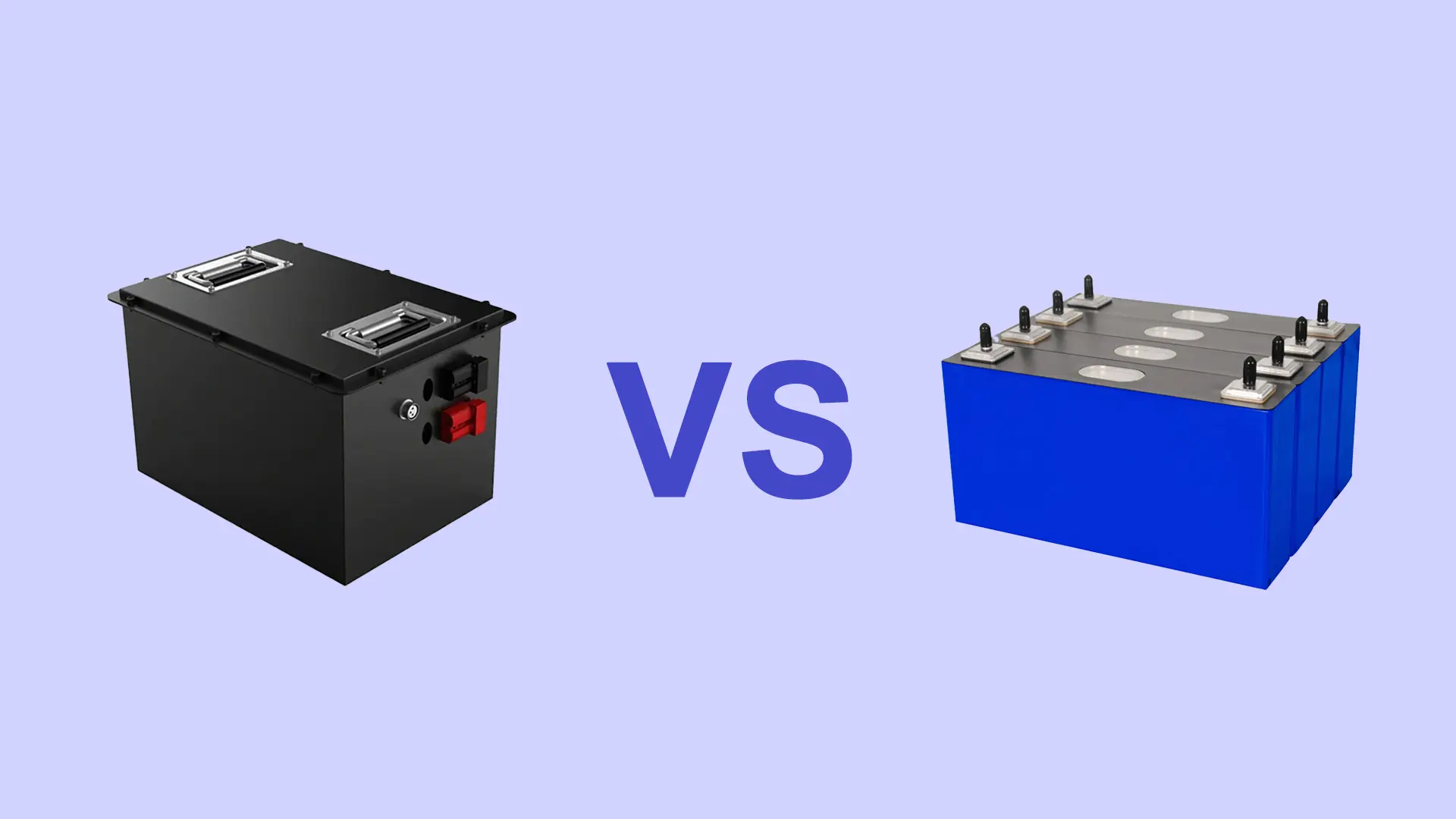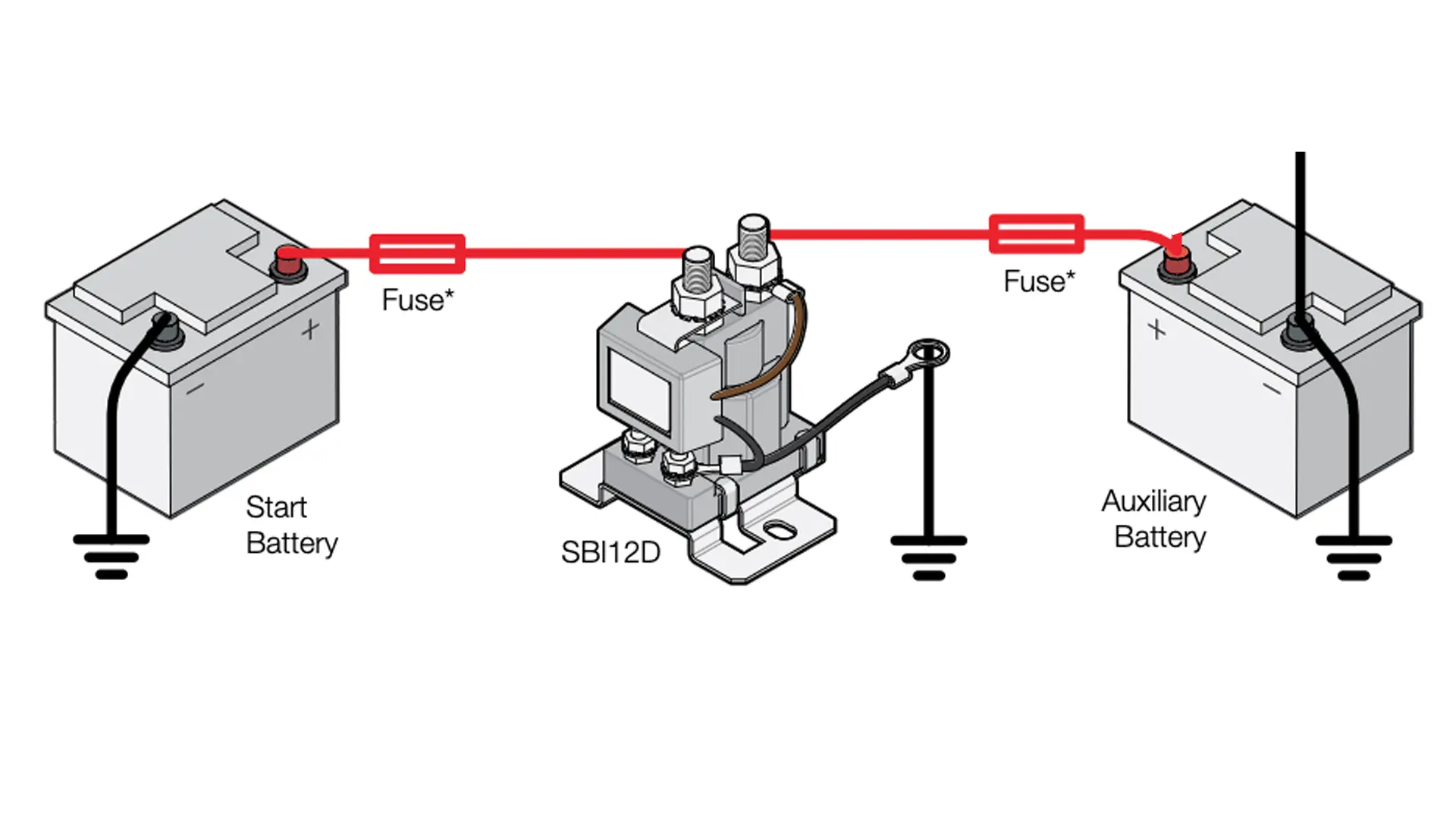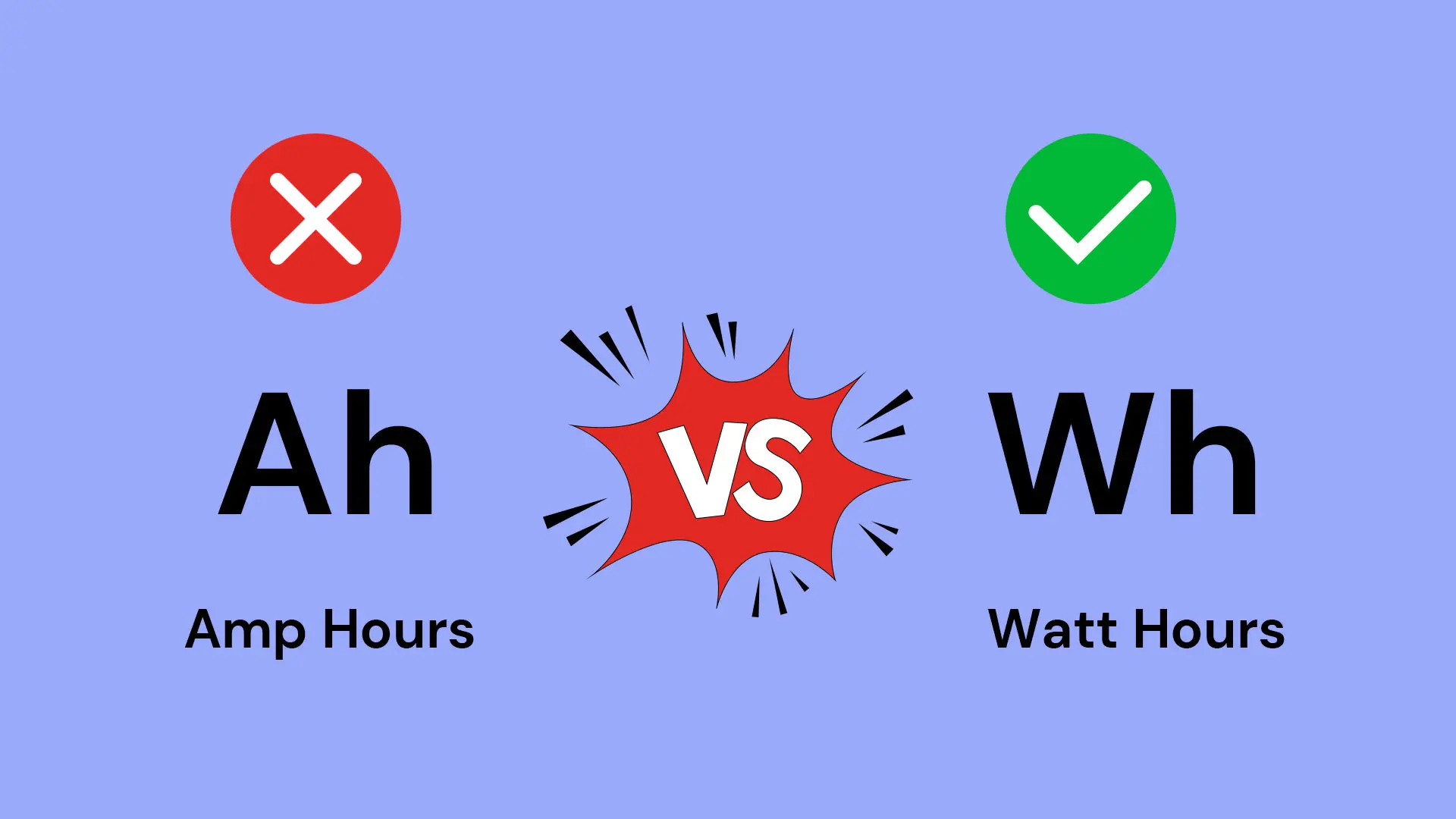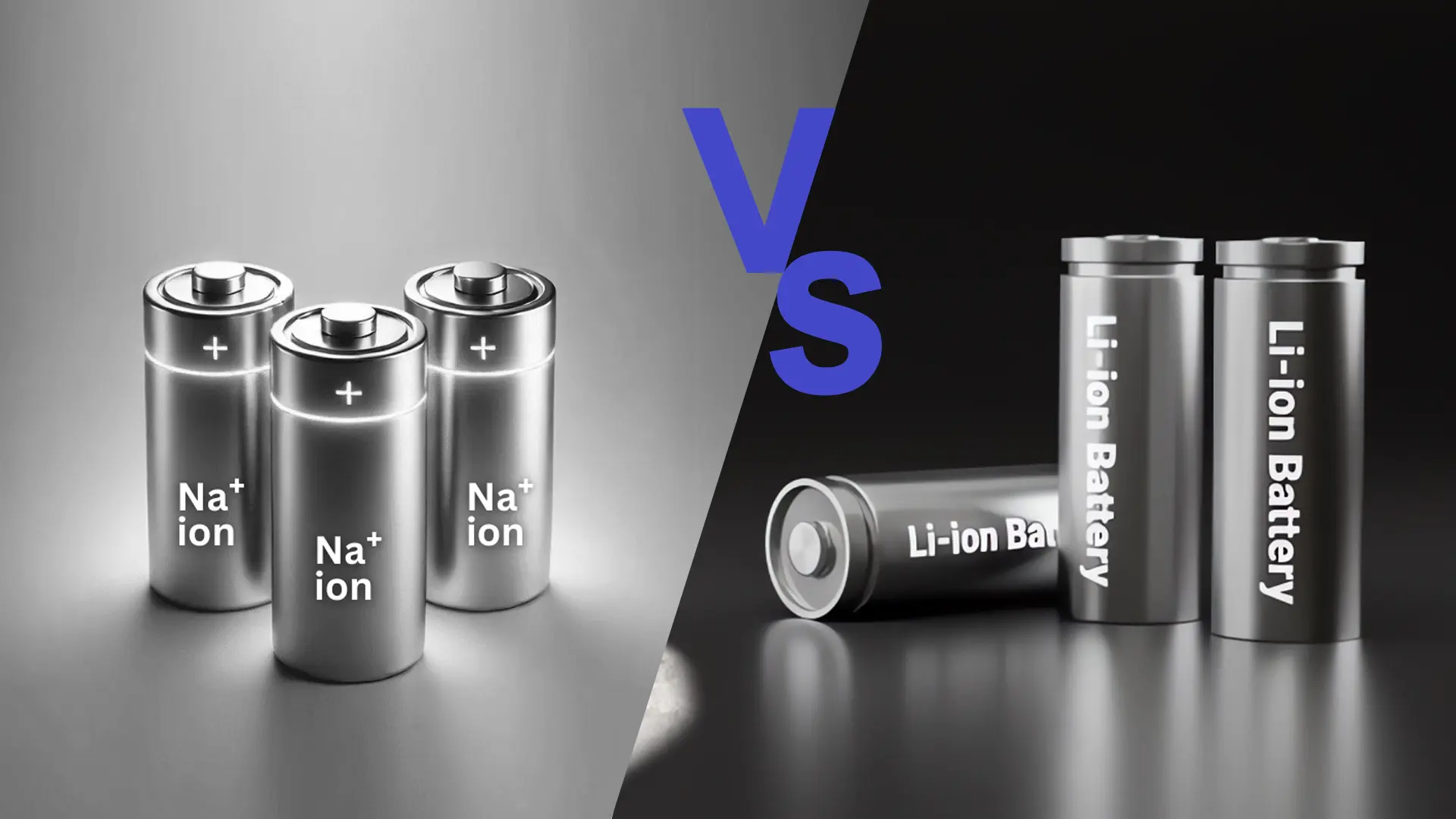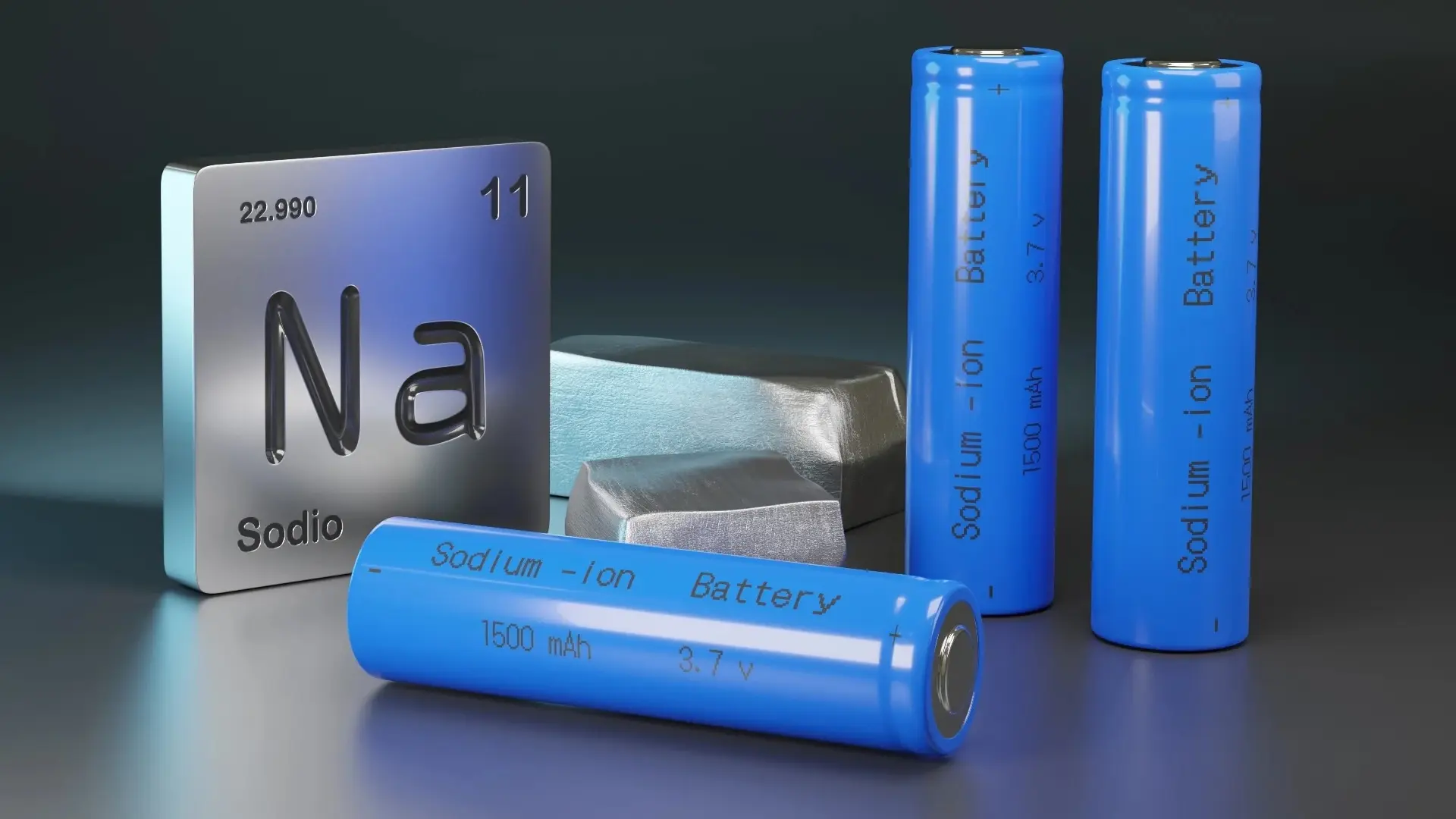As battery technology advances by leaps and bounds, electric vehicles have entered every household due to their lower cost. However, most consumers may not be aware that car battery weight plays a critical role in vehicle performance. Therefore, this guide will help you understand the types of car battery weights and their impact on car performance.
How Much Does a Car Battery Weigh?
Common types of electric vehicle batteries mainly include lead-acid batteries, lithium batteries, nickel-cadmium batteries, and nickel-metal hydride batteries. Here introduces the car battery’s average weight.
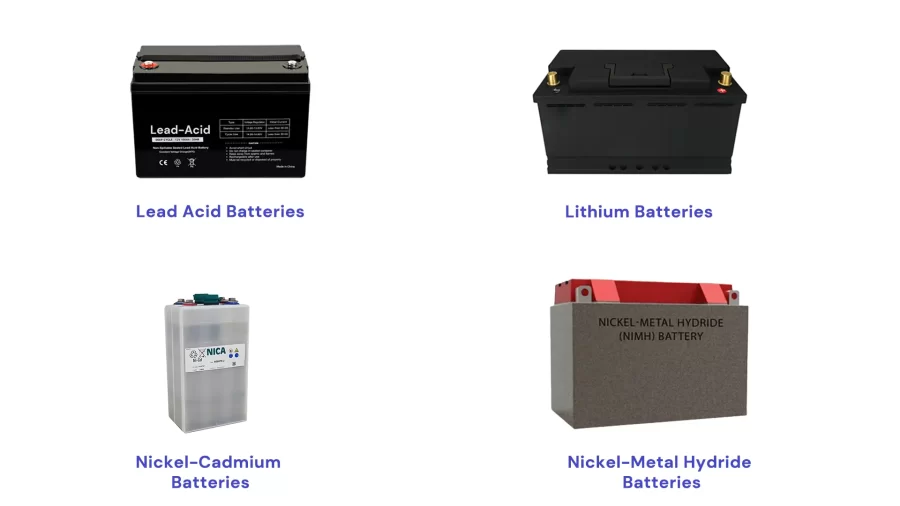
The earliest application was the lead-acid battery, weighing 14 to 23 kg. It is a traditional energy storage battery with low cost, but with small capacity, low energy density, and slightly shorter cycle life. In addition, lead-acid batteries are large, heavy, and contain lead that can easily pollute the environment.
The most widely used is the lithium battery, weighing 4 to 9 kg. Lithium iron phosphate and lithium ternary batteries are more common in new energy vehicles. They feature lightweight and deliver greater energy storage capacity. Ternary lithium batteries have higher energy density than lithium iron phosphate batteries. If battery range is the same, the weight of ternary lithium car batteries will be lighter than that of lithium iron phosphate batteries.
Graphene batteries enhance range and life by adding graphene elements and perform well in low temperatures, weighing 30-35 kg. Although the material cost is low, graphene batteries are too heavy and have gradually been replaced by lightweight lithium-iron-phosphate car batteries.
Nickel-metal hydride batteries are synthesized from hydrogen ions and metallic nickel, with 30% more power reserves than nickel-cadmium batteries. However, they are heavier, more expensive to manufacture, and have lower performance than lithium batteries.
What Affects Car Battery Weight?
Battery pack weight occupies a relatively large proportion in new energy vehicles. There are many factors that affect the average weight of a car battery.
Firstly, battery types and materials decide the car battery weight. The ternary lithium batteries have higher energy density than lithium iron phosphate batteries, resulting in a lighter weight at the same capacity. Using high-energy-density cathode materials reduces car battery weight.
Secondly, the capacity and size of the battery affect the car battery weight. To meet range demand, the larger the battery capacity, the heavier the weight. Large-sized battery cells reduce the weight shared by structural parts. For example, BYD’s blade battery improves space utilization and reduces battery pack weight by optimizing the size.
In addition, auxiliary components increase car battery weight. Battery packs are often equipped with various auxiliary components, such as cooling systems, battery management systems (BMS).
Then, module design influences the car battery weight. Traditional module structures have numerous connectors and housings, adding weight. Module-free designs, such as CATL’s CTP technology, reduce structural components, reducing weight.
Why Does Car Battery Weight Affect Performance?
As the battery industry continues to improve quality, the judgment that “the heavier the battery, the better the performance” seems unscientific. It brings lots of harmful effects.
First, the heavy car battery’s weight reduces the car’s energy efficiency. It increases the burden on the motor during use, affecting the top speed and acceleration smoothness.
Secondly, a car battery’s weight affects energy consumption. The heavier the car battery, the greater the resistance the car has to overcome when driving.
Thirdly, heavy car battery increases driving safety. It enhances the internal resistance of the battery pack and generates more heat during charging and discharging, accelerating car battery aging and bulging.
Additionally, a car’s battery weight affects car stability. The distribution of car battery weight affects the vehicle’s center of gravity. Excessive car weight impairs handling during cornering and braking, increasing the risk of rollover.
How to Know Your Car Battery’s Weight?
Car manual, testing tools, and professional consultation are three useful ways to determine your car battery’s weight.
First, consult your vehicle’s owner’s manual or official documentation. The vehicle’s owner’s manual or manufacturer’s technical specifications usually indicate the battery weight. This is the most direct and accurate method.
Second, use professional testing tools. A high-precision electronic scale can be used to weigh it directly if the battery can be safely removed. Some battery testing equipment displays the car battery weight.
Third, consult a professional manufacturer. Contact the vehicle manufacturer’s customer service department or a battery testing agency, providing the vehicle model and battery type to obtain accurate car battery weight data.
Heavy Car Battery VS. Light Car Battery Comparison
The 2025 Shanghai Auto Show is in full swing. BYD, Li Auto Inc., and ALTO all use lithium batteries instead of lead-acid batteries. Lithium batteries and Lead-acid batteries are two typical representatives of heavy car batteries and light car batteries, so let’s compare them.
To begin with, lithium car batteries outshine in their light weight. Lithium batteries’ weight is only 20% of that of lead-acid batteries, which helps reduce vehicle weight, improving acceleration and overall fuel efficiency.
Secondly, lighter lithium car batteries with longer cycle life avoid the weight imbalance caused by battery degradation and the weight burden of battery replacement. Lithium iron phosphate batteries reach 2000~5000 cycles, while lead-acid batteries reach only 300~500 times.
Thirdly, the lighter lithium-ion car batteries support higher charge rates, allowing vehicles to be charged in a shorter time, improving convenience and overall user experience. Heavier lead-acid batteries take longer to charge and hinder the convenience of charging infrastructure.
| Features | Lead-acid batteries | Lithium batteries |
| Lifetime | 2-3 years on average | Lasts as long as the car |
| Experience | Lightweight, reduces energy consumption | Easy to lose power, and maintenance is troublesome |
| Environment | Pollutes with lead | No pollution |
| Intelligence | None | Smart battery management system |
| Size | Large, takes up space | Compact, space-saving |
| Weight | Heavy, increases energy consumption | Light weight, reduces energy consumption |
| Warranty | 12,000 km per year on average | 150,000 km in 6 years |
Conclusion
In a nutshell, understanding car battery weight is critical for making a vehicle decision. Factors like battery types, capacity, materials, and auxiliary components contribute to car battery weight, further affecting car energy efficiency, driving safety, and stability.
As a manufacturer of custom LiFePO4 battery packs, CM Batteries is committed to putting quality first. Our LiFePO4 battery pack features wide temperature adaptability from -40˚C to 85˚C, an IP68 waterproof design, which is ideal for Electric vehicles, robots. Before designing your unique battery pack solution, CM batteries will understand your requirement, so please contact us.
FAQ about Car Battery Weight
1. Does a heavier car battery perform better?
You cannot assume that the heavier car battery is the better, but choose according to actual needs. Although heavier lead-acid batteries usually have higher capacity and range, too heavy batteries increase the overall weight of the EV, making the vehicle bulkier and affecting handling and acceleration.
2. How much does the average car battery weigh?
The average car battery weight depends on battery capacity, battery type, and vehicle usage. Traditional fuel vehicle starting batteries are Lead-acid batteries, weighing 15kg for small vehicles and up to 40kg for larger vehicles. New energy car batteries are lithium-ion batteries, weighing between 100 to 500kg.
3. How much is the average weight of an electric car battery?
The average car battery weight varies from the battery model and materials. For instance, a Lithium iron phosphate battery, 1 kWh, weighs 8.3 kg, so a 60 kWh battery weighs approximately 500 kg. A ternary lithium battery, 1 kWh, weighs almost 5 kg, so a 60 kWh battery weighs 300 kg.

